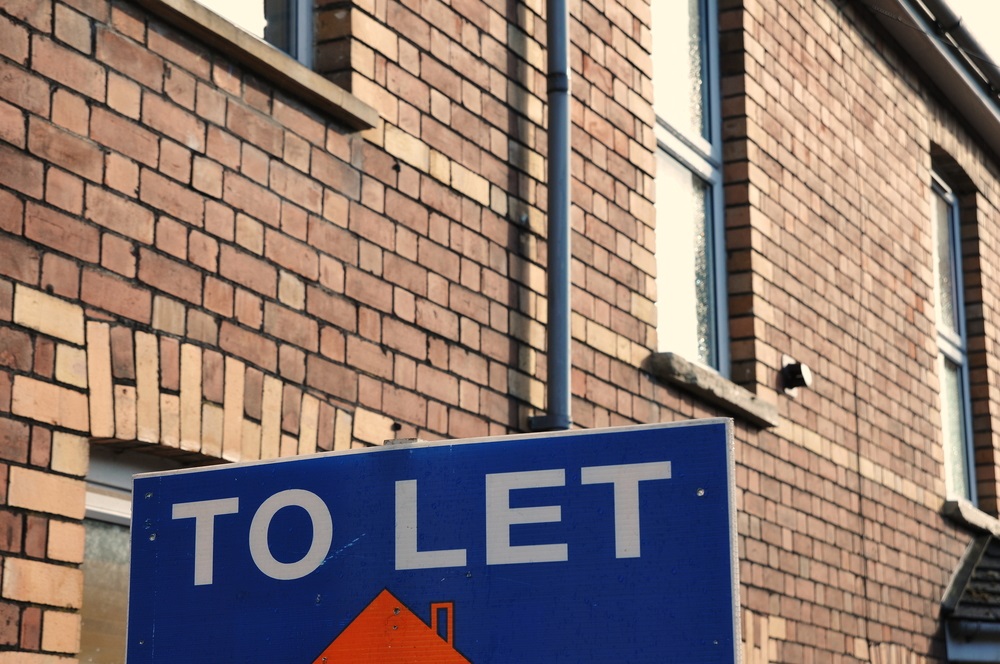Rents across England and Wales hit a new record in June, according to the latest Buy-to-Let Index from Your Move and Reeds Rains.
 The average rent reached £789 last month, which was 1.4 per cent higher than in May and 5.6 per cent above the average rent value in June last year. This means that the average cost of renting a residential property in England and Wales in June 2015 has risen faster than in any month previously on record.
The average rent reached £789 last month, which was 1.4 per cent higher than in May and 5.6 per cent above the average rent value in June last year. This means that the average cost of renting a residential property in England and Wales in June 2015 has risen faster than in any month previously on record.
This is also the first month since July 2013 to see a higher increase in rents than in house prices.
In a regional comparison, London and the East of England are at the top of the list for highest rental cost. London leads the month-on-month chart with a 2.8 per cent rise, followed by the East with 2.4 per cent. The latter region is first by annual growth rate, as it saw a 13.8 per cent increase in rents in June. London is second with a 9.6 per cent rise compared to a year ago.
The East Midlands and West Midlands are the two at the bottom. Rents rose by only 0.8 per cent month-on-month and 1.7 per cent year-on-year in the West, while the East Midlands saw a monthly increase of 1.5 per cent and an annual rise of 1.6 per cent.
Gross rental yields stagnated at 5.1 per cent on both monthly and annual basis.
Total annual returns fell again in June, but only slightly. On average, landlords in England and Wales have seen returns of 9.2 per cent over the year ending June 2015 – down slightly from 9.3 per cent in May and 11.9 per cent in the year ending June 2014.
This means that the average landlord in England and Wales has seen a return of £16,216 in absolute terms, before deductions such as mortgage payments and maintenance. Of this, the average capital gain contributed £7,946 while rental income made up £8,270 over the twelve months to June.
Adrian Gill, director of Reeds Rains and Your Move, comments:
“The pedal is pressed to the metal in the rental market. Not only have rents hit a new all-time record high – but we have never seen them rise so quickly.
“Growing wage packets and a strengthening economy mean that a greater number of tenants are able to afford higher rents. With such an overall shortage of housing in the UK, rental costs are primarily driven by the amount tenants are capable of paying. Rents have also decoupled from inflation. While record low inflation fueled by falling oil prices might bring clothes or food within the range of tenants’ purchasing power, it doesn’t have much of an effect on the property market in the short term.
“There may be new factors on the horizon too. In the wake of the Summer Budget’s reduced assistance for landlords, we might see many aim to pass additional costs onto their tenants. If so, rents would receive yet another acceleration.
“In all this, we mustn’t lose sight of the driving force behind rent increases – the mismatch of supply and demand. Expanding our housing stock needs to become a national priority. If anything, competition for homes is only going to get more intense over time. The fierceness of housing competition needs to be met with an equal dedication to homebuilding.”




